The Fire Emblem series was properly revived with the release of Awakening back in 2013, and it’s only gotten even more popular since then. Which means that it’s time to rank all eight main Fire Emblem games that have been released so far.
Note: This list is only for the Fire Emblem games that have been released in North America up to this point. There’s also a spoiler warning for most of the titles listed here.
10. Fire Emblem: Shadow Dragon (2008)
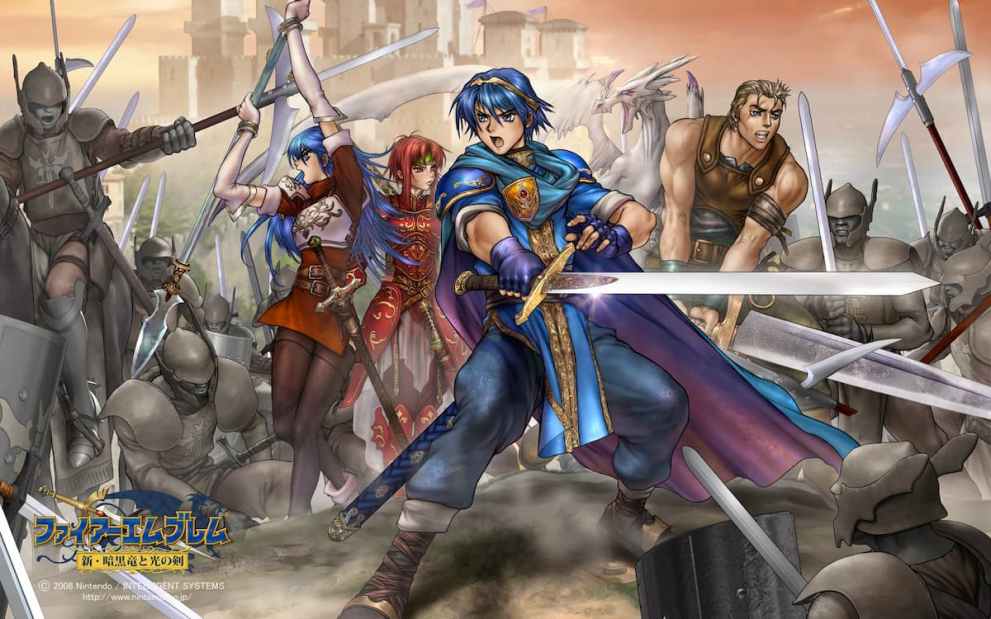
Shadow Dragon released on the Nintendo DS, but is actually a remake of the very first game that released on the Famicom in 1990. Even with a modern coat of paint and some improvements Shadow Dragon still has some pieces that feel dated, making it more of an experience to see where the series started.
Shadow Dragon focuses on Marth, the prince of Altea, as he tries to retake his kingdom after an allied country betrays them. In traditional Fire Emblem style, you gather a group of comrades with different skills to help you through battle. Where Shadow Dragon shows its age the most though is with the story, as the game is incredibly light on story moments especially compared to some of the later entries.
There are some upgrades added into the game, like the weapon advantage triangle. There isn’t the same kind of array of different units that you see later on, though. The amazing thing about Shadow Dragon, is how incredibly well it holds up for a 20-year-old game, even taking upgrades into consideration. It may not have the depth and complexity of later titles, but Shadow Dragon is great for seeing where the series started.
9. Fire Emblem: The Sacred Stones (2004)
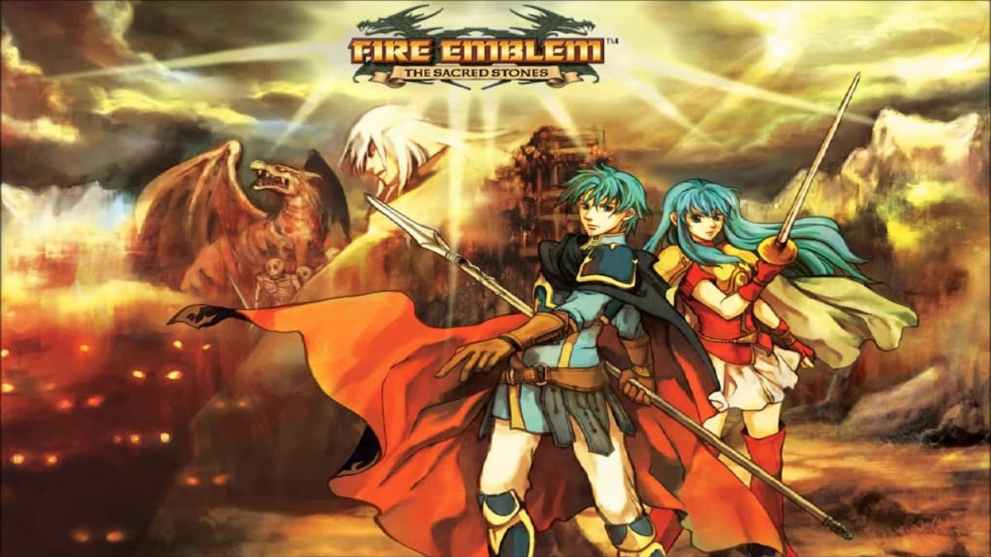
Sacred Stones was the second Fire Emblem game to release in North America on the Game Boy Advance. The biggest addition was the inclusion of a world map that had optional battles along with story ones, letting players level up and train units at will instead of having to prioritize which units to train.
The story went to a new land called Magvel and features twins Ephraim and Eirika as its main characters. The pair has to uncover the truth as to why a neighboring country suddenly invaded their own, and find out some startling secrets about a childhood friend along the way.
Sacred Stones has fewer chapters than the previous game, and is a bit easier. Many missions feature monsters as the opposing army, instead of human units, who have their own stats and ways of fighting. Players now had the ability to pick between two different paths when characters level up and are ready to advance.
Although much of what Sacred Stones added helped diversify the game, not all of it was a wild success. Having the ability to fight random battles lowered the difficulty a degree, and monsters weren’t nearly as effective as facing down human opponents. The story also feels a little more unfocused from the previous game, and although support links are still present, party characters don’t feel nearly as well rounded as before.
Sacred Stones is a great Fire Emblem game that comes close to reaching the heights of its predecessor, but falls slightly short of where the first one landed.
8. Fire Emblem: Radiant Dawn (2007)
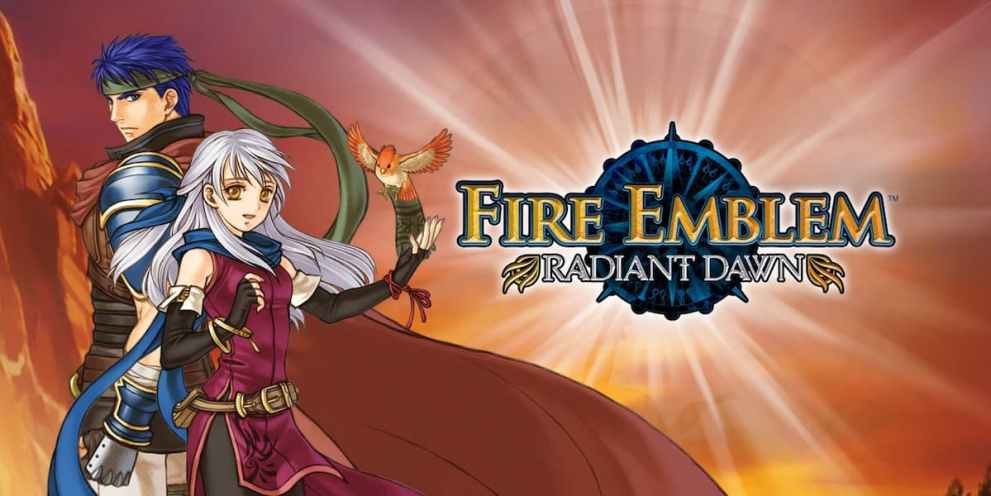
Radiant Dawn is a direct follow-up to the hugely successful Path of Radiance on GameCube, and it’s also the longest Fire Emblem for better or worse. Packing in a whopping 42 chapters, this game picks up just a few years after Path of Radiance. Sothe, a minor character from the last game has now become one of two main characters, the other being a magic-user named Micaiah.
The difficulty in Radiant Dawn can be aggravating at times, as there are huge difficulty spikes between levels and it’s easy to get completely overwhelmed.
Interestingly, Radiant Dawn combines two different playable parties. Ike and the Greil Mercenaries return and play a huge role, but they’re largely unseen for the first third of the game. Before that, you spend time as Micaiah and Sothe building an army and drafting characters, until the perspective turns to Ike and company. The following missions are some of the best in the game as Ike and his mercenaries feel like incredible powerhouses, lending a believable amount of growth to the characters in between games.
Radiant Dawn continued the trend from the previous game of having a more fleshed out camp experience. Before battle, you can talk to your units in camp, buy weapons, and distribute experience points as you see fit. It also added an elevation system into combat, where the unit with a higher elevation gets a distinct advantage. Other upgrades add more promotion choices to units, and it introduced the highest-ranking of weapon yet with SS.
Radiant Dawn may not reach as high as Path of Radiance, but it’s an interesting sequel. The difficulty can feel unfair and times and be overwhelming, but there’s plenty of game to dig into here with hours of content.
7. Fire Emblem Engage (2023)
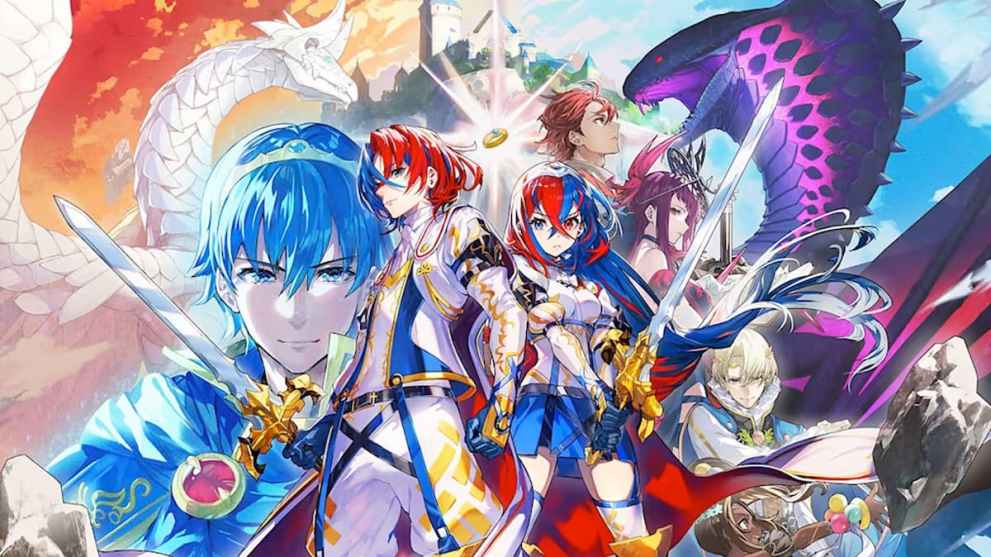
Fire Emblem Engage is meant to be a celebration of the series’ most beloved faces and characters, and for the most part, it works. Featuring a whole new cast of characters, familiar icons like Marth, Ike, and Leif make a return in the form of specters you can summon from Emblem Rings, as they assist you in battle.
The game isn’t without its flaws, as the new characters and story feel awfully milquetoast and bland for the most part. That said, the gameplay does save the day here, as the new Engage mechanic adds a fun dynamic to the classic Fire Emblem gameplay we all know and love.
6. Fire Emblem Fates: Birthright and Conquest (2016)
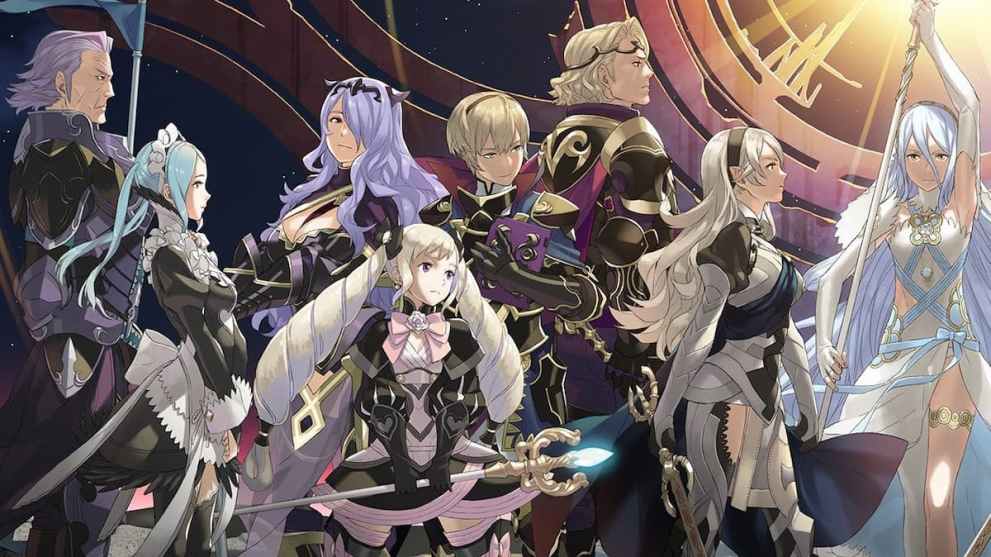
Fire Emblem Fates was the first game to release after Awakening essentially saved the franchise, and as such it iterates on much of what that game did. Fates tells the story of a young lord or lady named Corrin, and their involvement in the war between the nations of Hoshido and Nohr.
Fates puts a big emphasis on choice, particularly one huge choice that splits the game in two; whether to stand with your true family in Hoshido, or side with your adoptive family in Nohr. At launch, Fates was split into two different games, Birthright and Conquest, with a third DLC scenario called Revelation launching shortly after.
While at first glance the two games might just seem like different versions, they’re actually completely different games. Birthright is the easier of the two, with basic map design and the advantage of letting players grind to level their characters. Conquest, on the other hand, harkens back to past Fire Emblem games with some truly unique map design, and a much much harder difficulty.
Fates also introduced a host of new features to the series, particularly the “My Castle” option. This feature created your very own hub castle that you could wander around and explore, also presenting a way for other players to try and invade you and fighft your forces.
It was certainly a bit limited, but it created a nice option to flesh out the RPG mechanics of Fates. Unit pairing was also enhanced, creating more bonuses for pairing units together. Of course, the fantastic support conversations, just like in Awakening, were one of hte main draws in Fates, and both version’s characters were truly memorable and charming.
With this, the paralogues and child characters of Awakening returned in a similar vein as well. Fire Emblem Fates stumbles with its story, unfortunately, but the charming characters more than make up for it.
With three different versions to play it’s a massive experience, and one that can appeal to both new and old Fire Emblem fans in some way.
5. Fire Emblem Echoes: Shadows of Valentia (2017)
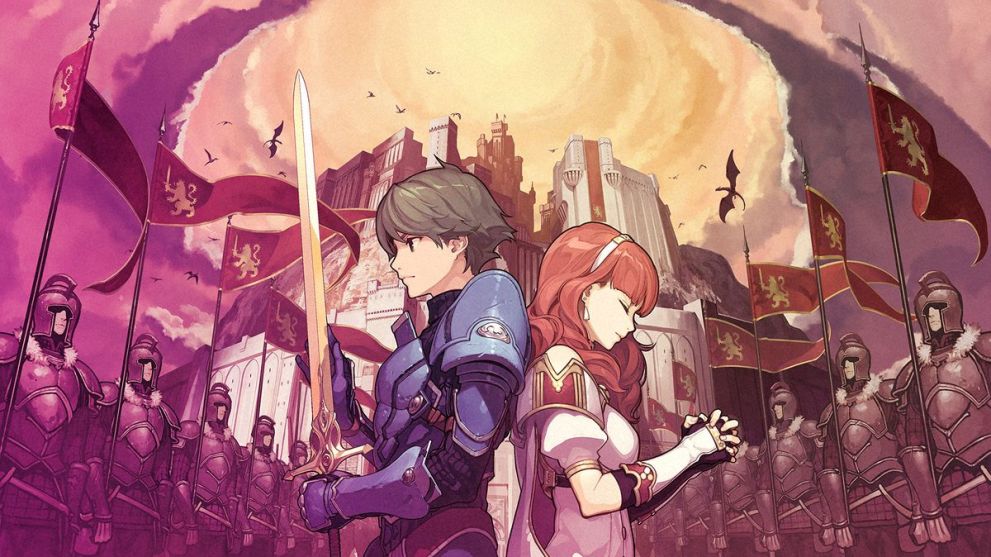
As a remake of Fire Emblem Gaiden, which only released in Japan, Fire Emblem Echoes: Shadows of Valentia finally allowed English-speaking players to experience this incredibly dark and somber story about war and loss. It definitely served as a marked departure from what was perceived as the typical Fire Emblem formula in 2017, as newer fans had probably come to expect more lighthearted scenes and support ranks between their characters like in Awakening and Fates.
While Shadows of Valentia might have lost some of that casual charm, it made up for it with two really strong protagonists in Alm and Celica, and an impressive supporting cast of characters. It also did away with the weapon triangle, and opted for a stats-based system that made so much more gameplay sense, at least in my opinion.
For newer fans, this game will definitely feel like a large shift in tone, but if you can get past that, you’ll be rewarded with a very engaging story that never lets up from start to finish.
4. Fire Emblem (2003)
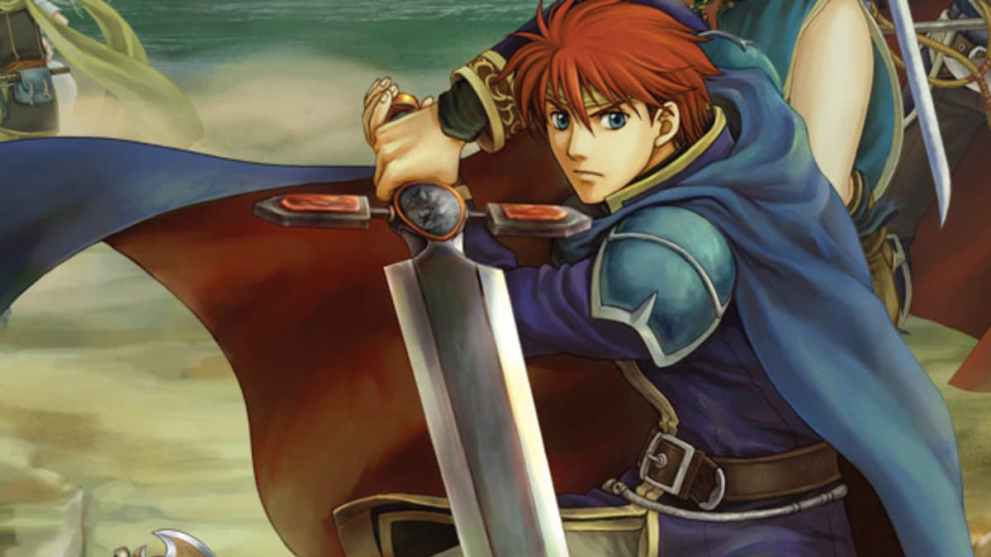
The very first Fire Emblem game in North America, was actually the seventh game in the series and titled Blazing Sword in Japan.
Fire Emblem introduced the west to the series, and gave us one of the finest tactical RPGs around. It had a multitude of units to use, and implemented the weapon triangle. Swords beat axes, axes beat lances, lances beat swords and then other weapons had their own stats like magic and bows.
One of the novel things about Fire Emblem, is the way the story was presented. There are 30 chapters, but they’re split between two different character’s stories. The first 10 episodes centered around a young girl named Lyn as she finds out she’s the granddaughter of the lord of Caelin, and tries to retake her land from her deceitful granduncle.
Lyn’s story works as a sort of tutorial piece of the game, with the first few missions being easy and the difficulty ramping up throughout. This way players are introduced to the ideas and rules of the game, having time to practice them before being put into the next story. Two other characters Eliwood and Hector feature into Eliwood’s next 20 chapters, and Lyn plays a substantial role as well.
Level design across the board is great, environments between levels are visually and functionally diverse with the objective switching up occasionally. Once you beat Eliwood’s story, an option to play the game as Hector is unlocked changing the perspective of the last 20 missions, and even changing some cutscenes and dialogue.
Fire Emblem was definitely challenging and introduced us to the idea of permadeath for characters. Still, there’s no better place to start with the series than this stellar first title.
3. Fire Emblem: Path of Radiance (2005)
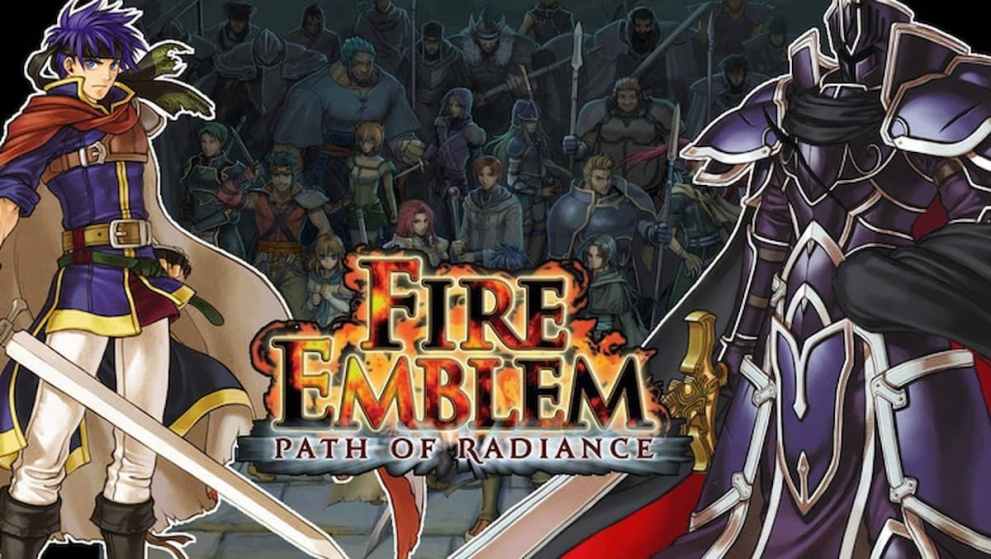
Path of Radiance finally brought Fire Emblem into the 3D realm, doing away with 2D sprites and adding in fully voiced animated cutscenes. The story features a country under attack named Crimea, but different from other games it starts with and focuses on a group called the “Greil Mercenaries.”
This band is led by Greil and his son Ike, who stumble upon a woman that turns out to be the princess of Crimea. After being pursued by the opposing forces of Daein, Greil is killed by the enigmatic Black Knight. From here Ike must assume the mantle of leadership with the mercenaries, and help the princess on her quest to reclaim Crimea. Ike was also the first character in a Fire Emblem game who isn’t a noble.
Ike and his mercenaries always felt more like a family than like a troupe. There’s context provided of the day to day life they go through, and each character has a well-defined role in the group and in combat.
The continent of Tellius in the game is separated between two different races, the human-like Beorc, and the shape-shifting beast clans known as Laguz. These two races have very bad blood, and live on separate parts of the continent. At points, through the story Ike meets various Laguz who join his party. Racial tensions flare between Beorc and Laguz though, and this comes out with characters both in your party and not.
Laguz have the ability to transform from their human form into beasts. There are three different tribes; beast, bird, and dragon. Each clan has their own strengths and weaknesses, but consistently Laguz characters are tanks that can take the brunt of a frontline assault.
Path of Radiance was a grand transition to take the series into 3D, and featured some of the most memorable characters and challenging combat in the series. Some of the themes like racial tension, also help diversify the story, making it one of the best games in the series.
2. Fire Emblem: Three Houses (2019)
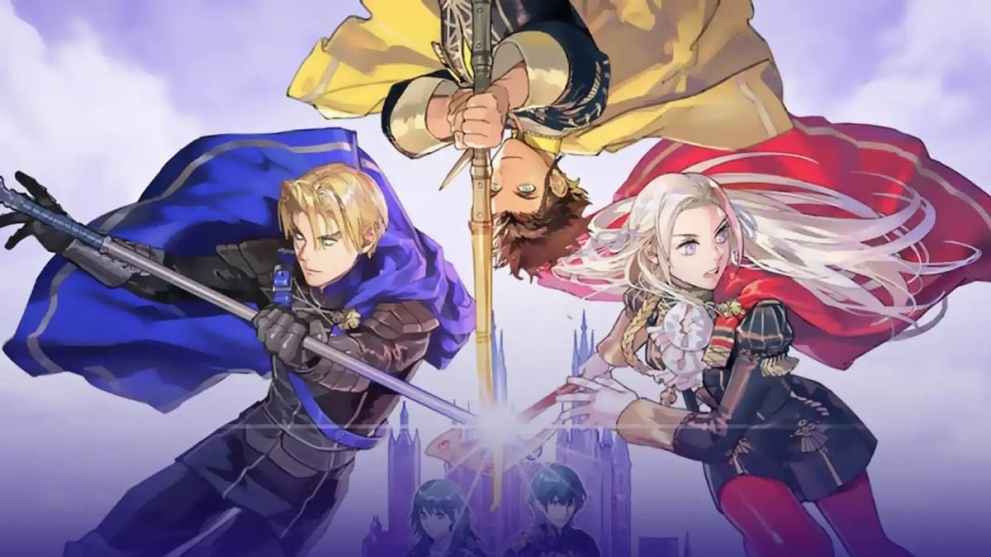
The Fire Emblem series saw a critical revival with the release of Awakening on the 3DS, and I think it’s safe to say it’s finally hit its stride with Three Houses.
Indeed, out of the new-school entries that have been released in the 3DS era (including the excellent Shadows of Valentia), there’s no doubt that Fire Emblem: Three Houses is the most polished and well-written game we’ve seen thus far.
The combat system has been reworked to make the weapon triangle less pervasive, allowing more classes to shine in their own way. This allows for some nice variety in roster setups, and every unit has a chance to shine.
Three Houses’ school setting is also a surprisingly great fit for the game’s vibe, blending together social elements akin to the Persona series into an organic teaching system and monthly calendar that settles you into a nice loop. Support conversations are longer and more fleshed out than ever, which means that your side characters actually feel like real people, and not just trope-ish caricatures.
And we haven’t even talked about the plot and writing in Three Houses, which just might be the biggest surprises of all. Fire Emblem: Three Houses is one of the most ambitious RPGs we’ve played in 2019, adding massive replay value in the form of viewing Fodlan’s great war from multiple, unique perspectives.
Three Houses is an excellent entry point for newcomers, and a pleasant return to form for series veterans.
1. Fire Emblem Awakening (2013)
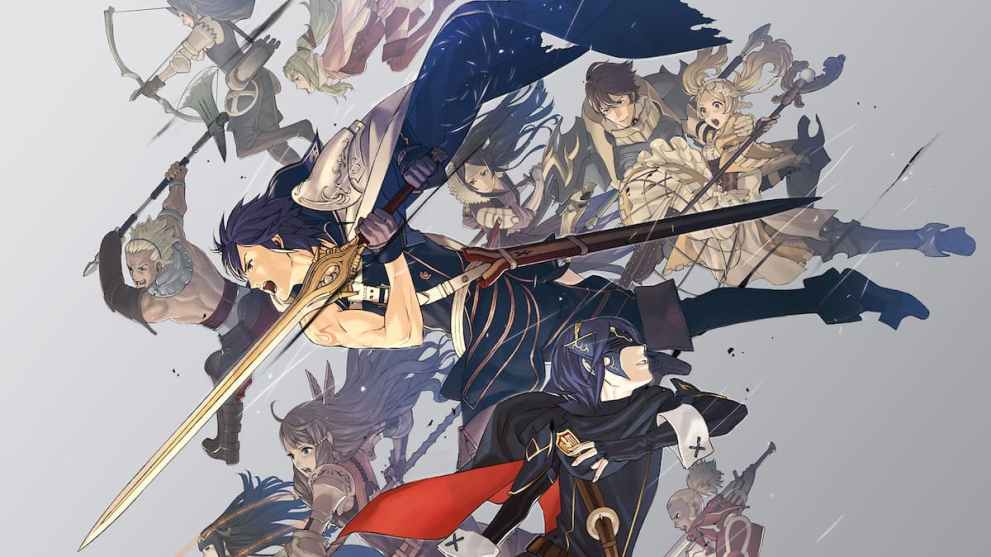
Awakening is without a doubt the most intricate but most accessible Fire Emblem game to date, and is widely considered one of the greatest games on the 3DS. Surprisingly, Awakening takes place in the same world as Shadow Dragon but is set 1000 years later. It has two main characters; Robin, a player-created avatar who has their own personality, and the sword-wielding Chrom. A mysterious warrior named Lucina also factors into the story, and she takes on the look of the legendary warrior Marth.
Awakening tells another story of countries at war and underlying machinations. This time around some segments of player choice are added in, and important moments are highlighted with gorgeous cutscenes.
The relationship system is fleshed out with more dialogue and interaction between characters than ever before. This system also heavily influences battle, as characters who are next to each other can influence one another if their relationship is high enough. This includes things like stat boosts and cooperative attacks.
Some characters that build enough of a bond could even fall in love and have children. This is where another important addition to the game comes in. The idea of lineage plays out within both gameplay and story. The children of characters end up time-hopping, explained through the story, and become members of your army alongside the parents. Children can build support relationships with parents and have different stats depending on who their parents were.
Awakening is easily the most accessible game of the series. It has some great scaling difficulty modes that allow new players a safe approach mostly giving them the story, while veterans of the series can give themselves a serious challenge. Awakening was also the first Fire Emblem to feature DLC support, with weekly battle maps and the chance to battle “heroes” from across other Fire Emblem games.
Awakening is truly a game that makes you feel invested in every bit of it. The battles are challenging but ultimately rewarding. You’ll spend hours just building social links, trying to see every support conversation with every character. It makes you care about why its characters are doing what they’re doing, and making sure that you plan extra carefully so any characters you love don’t perish in battle. Fire Emblem Awakening is truly the boldest, most accessible and engrossing title we’ve seen come out of the series.
